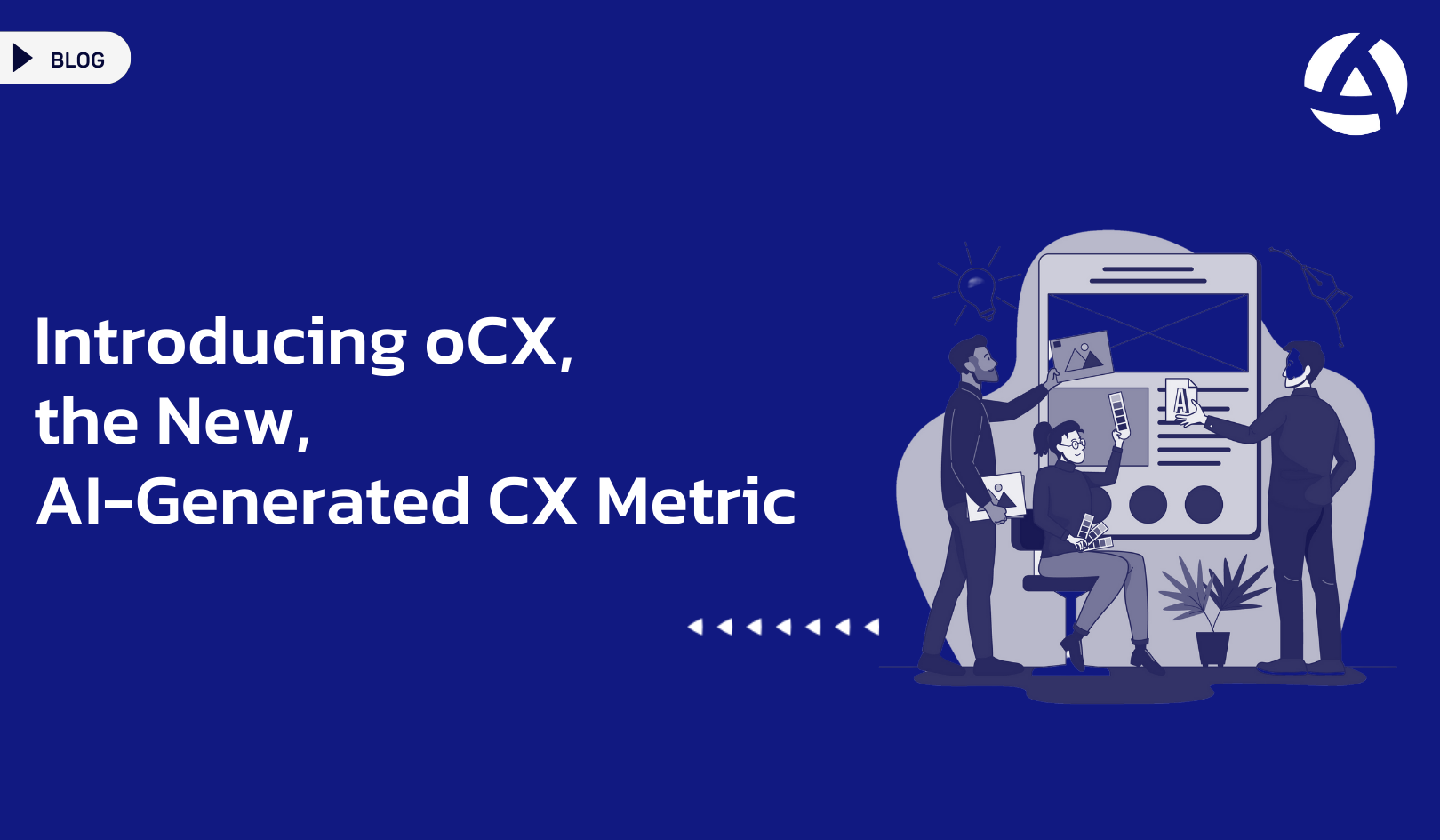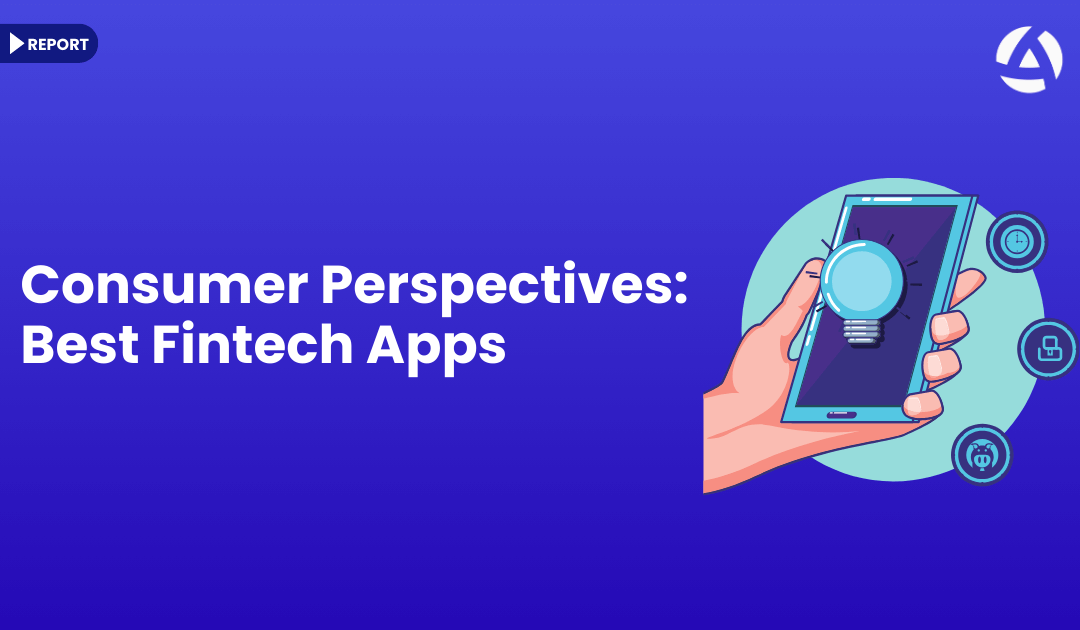But oCX, or “Observational Experience,” is a metric that accurately gauges the quality of a company’s customer experience without using a survey at all. oCX is based on an AI-powered technology that identifies and analyzes the judgments of individual customers about the customer experience, as these judgments are made known through the unsolicited text comments made to friends and others in social media, or on review sites, or via other online mechanisms. In essence, oCX is capable of accurately measuring the quality of a company’s customer experience based on simply observing the opinions rendered by its customers “in the wild,” so to speak.
Using AI tools to decode the sentiments and emotions behind written-text comments, oCX predicts the response that each observed customer would likely have provided had they been asked to rate their own “likelihood of recommending to a friend,” on a scale of 0 to 10, as shown in the “Sample Reviews” box, below. With these individual ratings, oCX then computes an NPS-like score that has been shown to be a very accurate representation of the actual score the business would have achieved with a survey, if it had fielded one.

Turn unstructured feedback into action with oCX
Since oCX is not based on structured, quantitative survey data but instead relies on interpreting unstructured data represented by written text, the oCX metric can provide a richer and more authentic reflection of the actual customer experience a company delivers. And while unstructured data already represents 80% to 90% of the data available today, it is growing at an astounding rate, in excess of 50% annually, so oCX will inevitably become an indispensible asset when it comes to extracting genuine insight from this sort of unstructured customer experience data. [i]
Moreover, because it is derived from such unstructured data, oCX may also present a clearer way to understand Gen Z consumers – the “dialoguers,” according to a recent McKinsey report, who not only make their decisions based on what others think and say on Instagram, Youtube and Tiktok, but also have more fluid expectations of the companies they deal with on a daily basis.[ii]
“When a customer gives you feedback (good and bad), it’s a gift. Finding a way to analyze and measure that feedback is crucial to understanding how customers react to your products and services. The new oCX (Observational Customer Experience) metric is intriguing. This is the type of metric that can help you operationalize the feedback and reviews to create a better customer experience for your future customers.”
How is oCX calculated?
Our team of data scientists has devised a sophisticated approach that assigns a numerical score ranging from 0 to 10 to each written customer review. This method leverages advanced techniques such as Gaussian Mixture Model and sentiment analysis, seamlessly harmonizing text-based feedback with the corresponding Observational Experience (oCX) score. This methodology distills the unique essence of each customer’s perspective into a single, meaningful number. Through thorough analysis of a substantial volume of comments, we have achieved a remarkable level of confidence in consistently identifying this alignment. By differentiating scores from 0 to 6 and those from 9 to 10—reminiscent of NPS computations—we extract an NPS-like overall score. This methodology empowers us to genuinely observe the refined quality of customer experiences within their natural contexts, unbound by the constraints of conventional surveys.
Learn your oCX Score
Currently oCX reports are available for brands in online food delivery and online marketplaces for download. We are adding new verticals every month, feel free to reach out to us to learn about our new reports.
If you are analyzing different forms of text based data such as surveys, reviews, social media, tickets and forums and you would like to track experience of your users across journeys for different products and services, oCX can help you automate and get in track in days. To learn more about oCX and inquire about your brand’s oCX score, contact us here.




